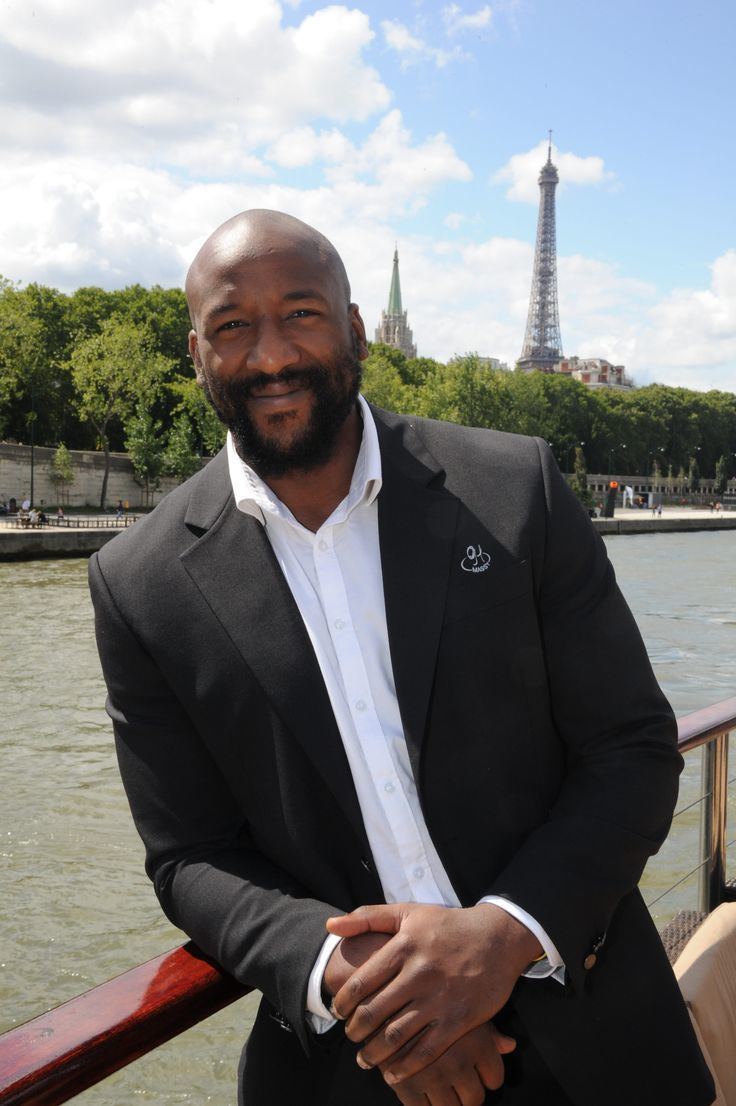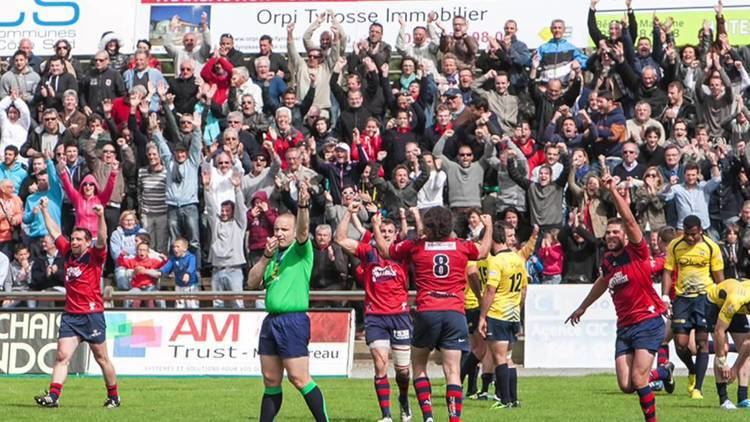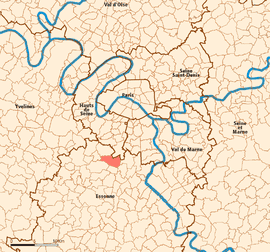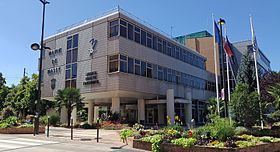Country Region Ile-de-France | Area 40,804 Mayor Vincent Delahaye (PR) | |
 | ||
Map of Massy, Essonne
Massy is a commune in the southern suburbs of Paris, France. It is located 14.7 kilometres (9.1 mi) from the center of Paris.
Contents
- Map of Massy Essonne
- Rc massy essonne colomiers le resume rugby f1
- Rugby retour a la prod2 pour le rc massy essonne
- Population
- Transport
- History
- Administration
- Sports
- Personalities
- Places and monuments
- Economy
- Education
- References

Rc massy essonne colomiers le resume rugby f1
Rugby retour a la prod2 pour le rc massy essonne
Population

Massy underwent rapid development within a short period of time, transforming from a large borough of 6,000 inhabitants in 1950 to a town exceeding 37,000 inhabitants in 1968. Since then, its population of around 40,000 has remained relatively stable. Its population is now going to grow again because of new constructions.

The inhabitants of Massy are known as Massicois.
Transport

Massy is served by two interchange stations on Paris RER line B and RER line C: Massy – Verrières and Massy – Palaiseau.
There is also a TGV station, called Massy TGV, which is adjacent to Massy – Palaiseau station and is one of only three specially-built TGV stations in the suburbs of Paris (the two others are at Disneyland Resort Paris and at Charles de Gaulle Airport).
History
The etymological origin of Massy is still very dubious. This name could result from the name of an owner of a villa of the Gallo-Roman time, original site of the village. Called Matius or Matheus, the name of his property then village would have been subjected to deformations due to language and the passing of time to become Massy. Located near the road between Paris and Chartres, the villa was undoubtedly built on a height (the Gaudon Mount) and formed the starting point of a human establishment. The argillaceous subsoil explains the formation of a clearing within the forest and the numerous stretches of water in the surrounding area.
During the Middle Ages and until the end of the Ancien Régime, the lordly estates divided up the territory of the current commune, assigning a majority part to the ecclesiastical institutions and in particular the abbey of St-Germain-des-Prés. In the 10th century, the line of the lords of Massy was established; their title of nobility was to become a barony (nowadays the Grimaldi-Monaco family)..
Before 1900, the history of the city was similar to that of the rural boroughs of Ile-de-France. After the Revolution, the town remained rural. The population followed an evolution identical to that of the rest of the region. It underwent the same wars, epidemics and rebellions. The Massicois practiced mainly agricultural trades (gardeners, vine growers), even if local arts and crafts were always present. The tile factory, abandoned after the Second World War, was the town's oldest industry.
It is with the beginning of the 20th century that the face of Massy changes: from being a rural village, it transforms into a town increasing subjected to the attraction of Paris. Once with a population of just 1,400 people, nowadays, the town of Massy holds almost 40,000 inhabitants. At the end of the 19th century, the development of railways supported the construction of industries. The first allotments were born at the beginning of the century. The city's urbanisation developed towards the districts of the Gravels and Villaine, where it was necessary to establish a school as early as 1927. It is the era of the “suburban house”.
During the Second World War, the marshalling yard of Massy-Palaiseau was considered a strategic rail junction. The bombardments of these infrastructures caused 88 victims and material damage throughout the town. In the post-war period, the reconstruction and development of the parisian agglomeration and its suburbs metamorphosed the town's geography. The housing crisis provoked an outrage, thus the "castor" movement established some residences in the east of the city. The establishment of a housing scheme on 145 hectares of the communes of Massy-Antony caused the population of Massy to double. The creation of a 'Priority Construction Zone' in Villaine 10 years later was intended to even out the town's urbanisation. This abrupt development of the town also modified its social structure: rejuvenation of the population, arrival of foreigners, etc. During the 1960s and 1970s, questions are raised about rapid urban development: housing problems and shantytowns, lack of public resources, requalification of certain factory sites, delinquency, etc. To satisfy the needs for this new population, many new infrastructures were created such as schools, hospitals, sports centres, swimming pools, arts centres, nurseries and parks. The establishment of a TGV station in 1991 is an asset for the economic development of the city. Nowadays, certain amenities have an influence which exceeds the communal and departmental circles, in particular opera and theatre. (Author: Municipal archives of Massy)
Administration
Massy is divided into two cantons:
The canton of Massy-Est contains 18,316 inhabitants; The canton of Massy-Ouest contains 19,396 inhabitants.
Sports
Massy has one association football team in FC Massy 91.
Personalities
Places and monuments
Economy
On 1 July 2010 Alstom inaugurated the new head office of its Energy Management Business (EMB) division in Massy. At the time the office had 600 employees.
Education
The commune has an integrated school, 16 preschools, and 12 elementary schools. There are three public junior high schools operated by Essonne: Collège Blaise Pascal, Collège Denis Diderot, and Collège Gérard Philipe. There are three senior high schools operated by Ile de France: Lycée du Parc de Vilgénis, Lycée Fuste de Coulanges, and Lycée Professionnel Gustave Eiffel.
Tertiary education:
